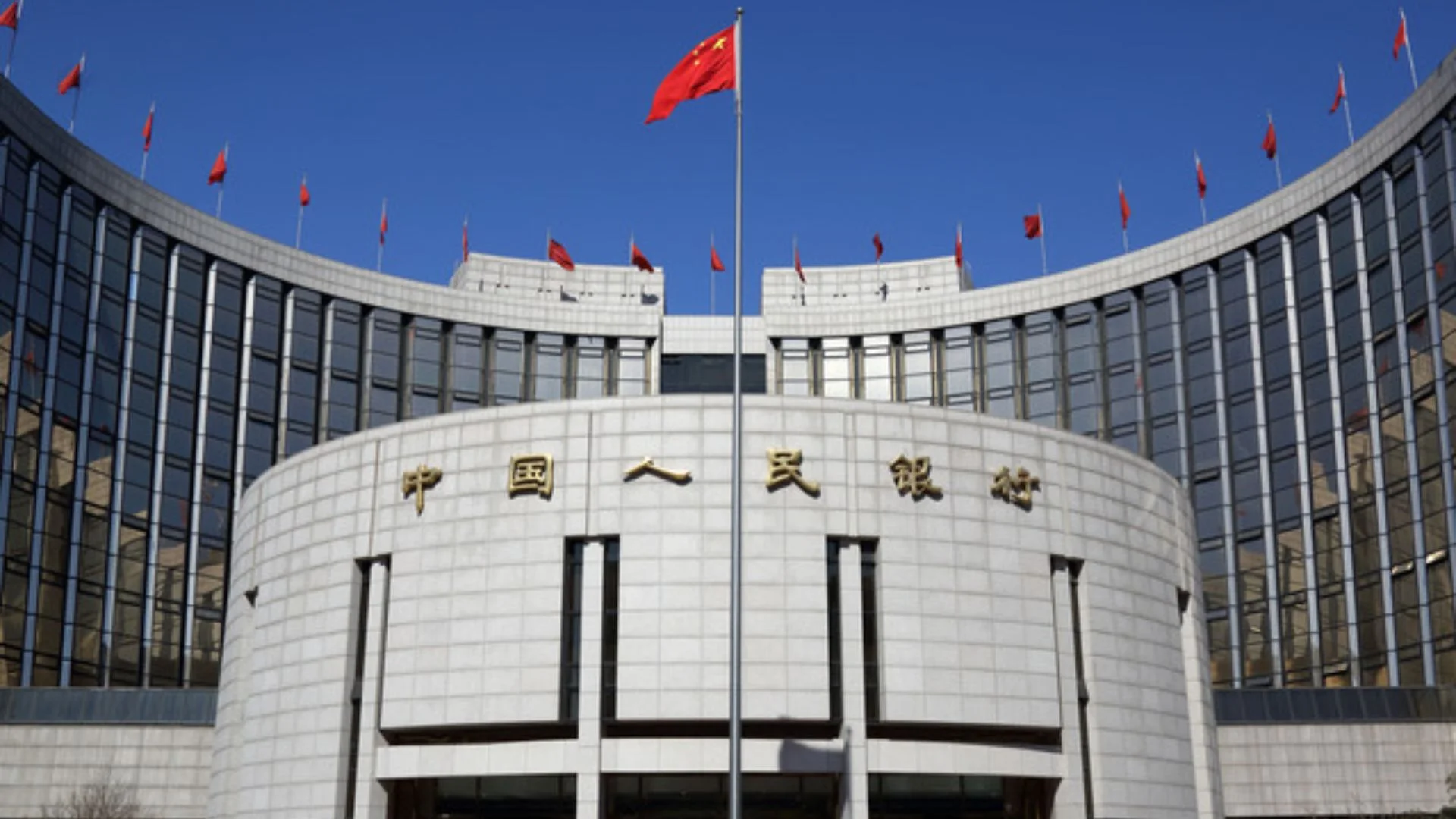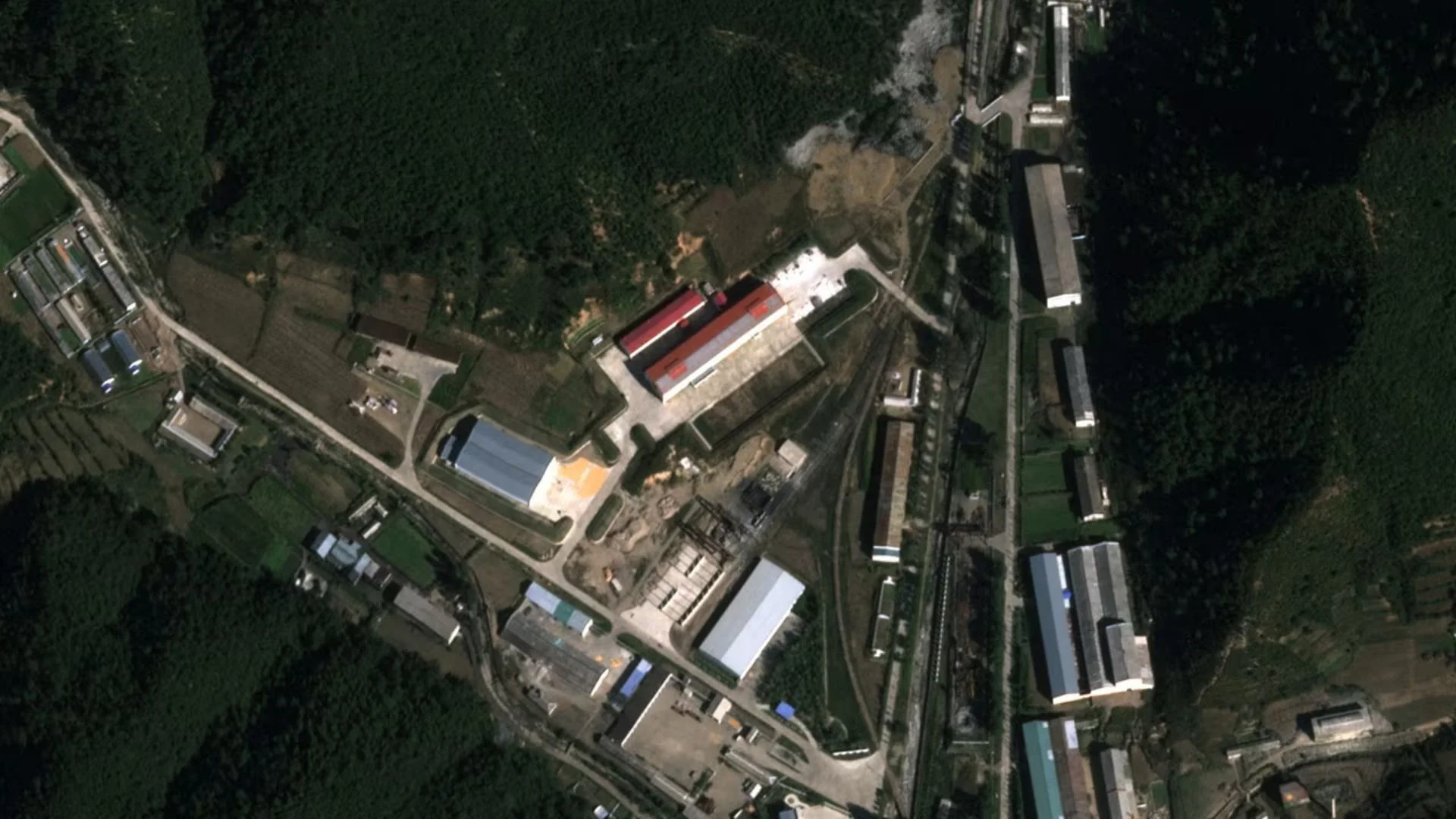
China’s central bank, the People’s Bank of China (PBOC), injected 900 billion yuan (about $124.3 billion) into the financial system on Monday through one-year policy loans. This move aims to ease liquidity strains as local governments ramp up bond issuances to address mounting debt pressures.
The PBOC issued these loans at an interest rate of 2%, using its medium-term lending facility (MLF) as part of its monthly liquidity operations. The loans are directed towards financial institutions to ensure smooth functioning within the banking system.
As local governments increase the issuance of bonds, particularly at the year-end, liquidity pressures within China’s banking sector have intensified. In a bid to manage debt risks and stimulate the struggling economy, Beijing has elevated the volume of bond issuances significantly.
For November alone, it is estimated that local government bond issuance will surpass 1.3 trillion yuan (approximately $179.4 billion), marking the highest monthly issuance in the past year, according to Reuters’ estimates.
The growing demand for liquidity amid the surge in bond issuance, coupled with month-end cash needs and maturing reverse repos, is expected to add further pressure to the banking system. Citic Securities warned of potential liquidity challenges in the upcoming days.
To address these issues, the PBOC is anticipated to lower reserve requirement ratios for banks before the year concludes. Such a move would help alleviate the strain on liquidity, according to reports from the China Securities Journal.
The central bank’s proactive measures aim to stabilize China’s financial landscape as it navigates economic challenges.















